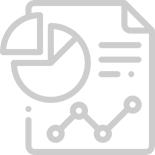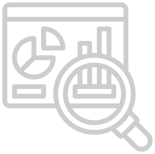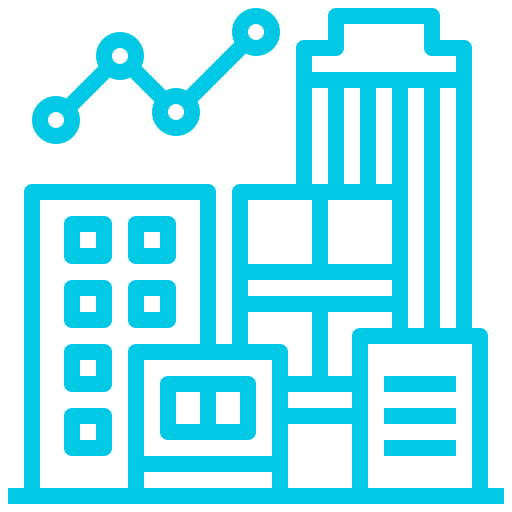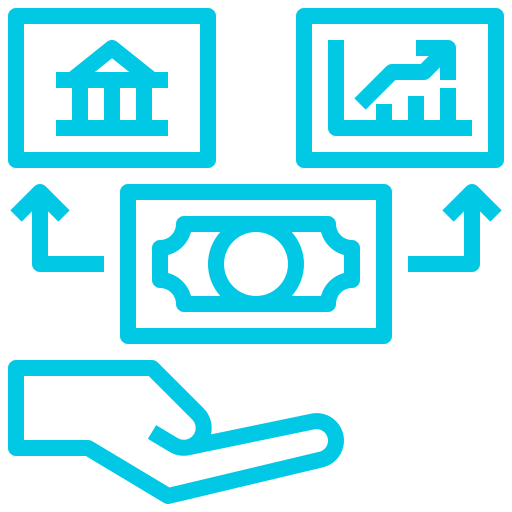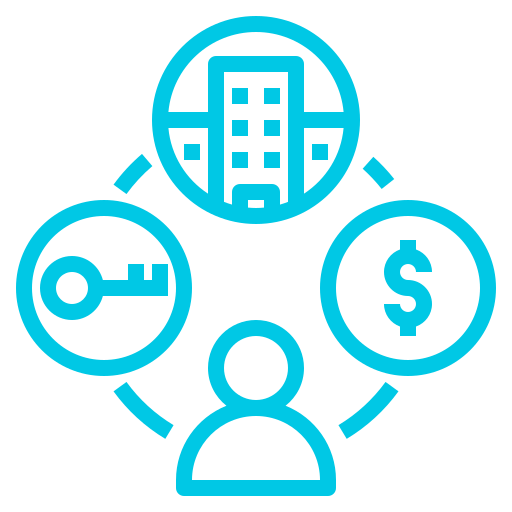Predictive Analytics for Strategic Planning: How to Stay Ahead of Market Trends
Posted by | Elaine Pratt
Forecasts have always been part of the executive toolkit. What’s changed is the speed at which those forecasts become obsolete. A quarterly outlook prepared in January can be irrelevant by March. Markets shift faster than planning cycles can accommodate, and traditional models—built on stable assumptions and historical patterns—struggle to keep up.
Predictive analytics has moved from the data science department to the strategy table for exactly this reason. It’s not about having better crystal balls. It’s about creating systems that can detect momentum before it becomes obvious, pressure before it becomes crisis, and opportunity before it becomes consensus.
But there’s a gap between adopting predictive analytics and actually using it to make better decisions. Plenty of companies have invested in the technology. Fewer have figured out how to embed it into the way they plan.
What Predictive Analytics Actually Does
At its core, predictive analytics takes what’s already happening—customer behavior, market signals, operational patterns—and projects what’s likely to happen next. The discipline borrows from statistics, machine learning, and domain expertise to move from hindsight to foresight.
The real value shows up in three areas:
Signal detection is about catching early-stage shifts. A pharmaceutical company tracking prescription data might notice that generic substitution rates are climbing in certain regions weeks before it shows up in national sales figures. That’s useful information—if you’re watching for it.
Scenario modeling lets you stress-test assumptions. What happens if a key supplier raises prices by 15%? What if consumer confidence drops faster than expected? Predictive models can run those scenarios and quantify the impact on margin, volume, or market share before leadership has to make the call.
Strategic simulation goes further. It’s not just asking “what if” but “what then.” If we enter this market, launch this product, or adjust this pricing structure, what chain of events does that set in motion? Simulation tools can map out second- and third-order effects that spreadsheets miss.
A retail client of ours used predictive analytics to model how changes in online search behavior correlated with in-store foot traffic. The insight wasn’t just that digital intent predicted physical visits—it was that the lag time varied by product category. That meant different go-to-market timing for different divisions. Explore Fuld’s AI & Analytics capabilities »
The Human Part of the Equation
Here’s where a lot of predictive analytics programs stumble. The math can be flawless, but if the output doesn’t connect to the question a CEO is trying to answer, it doesn’t matter.
Good predictive work requires editorial judgment. You’re working with incomplete information, noisy data, and a future that doesn’t follow rules. The models provide probabilities, not certainties. Someone still has to interpret what those probabilities mean in context—and that context includes things no algorithm can fully capture: regulatory changes, competitor psychology, shifting consumer trust.
This is where competitive intelligence becomes critical. A forecast that says market growth will slow by 3% is one thing. A forecast that says growth will slow because two major competitors are about to consolidate and rationalize capacity is something else. The second version includes the strategic intelligence that turns prediction into preparation.
One telecommunications company we worked with was using predictive models to forecast churn. The models were accurate. But they weren’t actionable until the team layered in qualitative signals—competitor promotions, customer service complaint trends, network quality issues by geography. That combination gave them not just a forecast, but a roadmap for where to intervene.
Where Companies Go Wrong
Even sophisticated organizations make predictable mistakes with predictive analytics.
The first is over-engineering the model. There’s a temptation to add more variables, more complexity, more sophistication. But models that are tuned to explain every twist in historical data often fail when the future doesn’t look like the past. The pandemic exposed this. Companies with highly calibrated demand models found them useless when consumer behavior shifted overnight.
The second mistake is treating predictions as standalone insights. A forecast sitting in a PowerPoint deck doesn’t drive decisions. Predictive analytics needs to be wired into planning processes—budget cycles, portfolio reviews, risk assessments. If it’s not influencing resource allocation, it’s not working.
The third issue is ignoring data quality and governance. Predictive models inherit the biases and gaps in the data they’re trained on. If your historical data underrepresents certain customer segments, your forecasts will too. If there are systematic errors in how data is collected, those errors compound in the predictions.
What’s Next
Predictive analytics is moving toward unstructured data—text from earnings calls, sentiment from social media, language in patent filings, content in customer reviews. These sources don’t fit neatly into rows and columns, but they contain signals about where industries are heading.
The companies getting ahead of this aren’t just buying better tools. They’re building the organizational muscle to ask sharper questions. Not “what will revenue be next quarter” but “which customer segments are becoming price-sensitive, and why.” Not “will this product succeed” but “what conditions would need to exist for it to succeed, and are we seeing those conditions emerge.”
Predictive analytics doesn’t eliminate uncertainty. It won’t ever. But it changes the quality of the questions you can ask and the confidence with which you can act on imperfect information. In a world where markets move faster than planning cycles, that’s the advantage that matters.
Tags: AI & Analytics, Data analytics, Market Analysis, Market Insights




